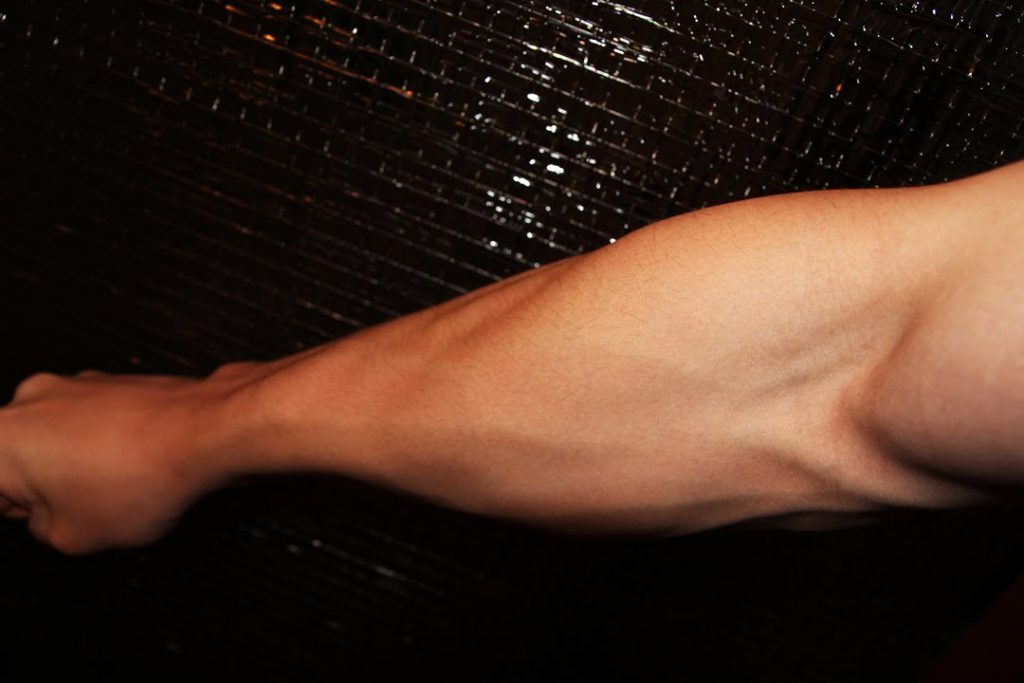Unsafe Abdominal Exercises for Prolapse or After Hysterectomy – Physical Therapist Demonstration
Unsafe Abdominal Exercises for prolapse or hysterectomy in the gym with Physical Therapist Michelle Kenway https://www.pelvicexercises.com.au
Make sure you know these common intense core abdominal exercises that are more likely to overload the pelvic floor if it’s already at risk of injury. These abdominal core exercises don’t apply to all women, many women will be able to perform intense core exercises quite safely.
This Physical Therapist video shows you some machine and mat-based abdominal exercises to avoid or modify if you’re at increased risk of pelvic floor problems.
Women who are not at risk or pelvic floor problems may be quite capable of performing more intense abdominal exercises such as those demonstrated in this video.
Video Suitability: Women with pelvic floor weakness, prolapse, after prolapse surgery or after a hysterectomy.
Identifying abdominal exercises unsafe for prolapse or hysterectomy requires also knowing whether your pelvic floor is at increased risk of injury. If you have prolapse problems or if you’ve had a hysterectomy, your risk of pelvic floor injury may be increased and it’s very worthwhile knowing the abdominal exercises to avoid.
This list of unsafe abdominal exercises for prolapse definitely doesn’t apply to all women. Women without an increased risk of pelvic floor problems can often perform more intense core abdominal exercises quite safely.
Unsafe abdominal exercises for prolapse or after hysterectomy include:
Abdominal curl machine (abdominal crunch)
-Captain’s chair leg raises
-Incline bench sit ups
-Incline bench sit ups with weights
-Exercise ball abdominal curl (abdominal crunch)
-Double leg raise with exercise ball
-Traditional abdominal curls
Why can these exercises cause pelvic floor problems?
Scientific research tells us that abdominal curl exercises force the pelvic floor downwards in women with pelvic floor problems. Having a history of pelvic surgery also increases the risk of prolapse (1).
The pelvic floor muscles and ligaments that support your pelvic organs (bladder, uterus, vagina and rectum). If your pelvic floor can’t withstand the pressure of your exercises your pelvic floor muscles and ligaments can become stretched and weaken. This increases the risk of pelvic floor problems such as incontinence or prolapse.
Pelvic Floor Friendly Alternative Abdominal Exercises
There are many pelvic floor friendly abdominal exercises to choose from.
Pelvic floor friendly abdominal exercises include:
– Appropriate mat-based core exercises https://www.youtube.com/watch?v=gidN1N8nSRU&t=7s
– McGill abdominal curl exercise https://www.youtube.com/watch?v=z3-FLG89vCg
– Side plank exercises
– Modified forward plank with variations https://www.youtube.com/watch?v=Ibqkscks9Lc&t=11s
– Modified mat exercises https://www.youtube.com/watch?v=khSLBOipfto
These exercises usually don’t require intense outer abdominal muscle contraction. Everyone has a different capacity for doing abdominal strengthening exercises. It’s important to choose those abdominal exercises that are appropriate for your body that allow you to exercise safely and avoid straining.
References
Barton A, Serrao C, Thompson J, Briffa K (2015) Transabdominal ultrasound to assess pelvic floor muscle performance during abdominal curl in exercising women. International Urogynecology Journal.Volume 26, Issue 12, pp 1789–1795. https://link.springer.com/article/10.1007/s00192-015-2791-9




